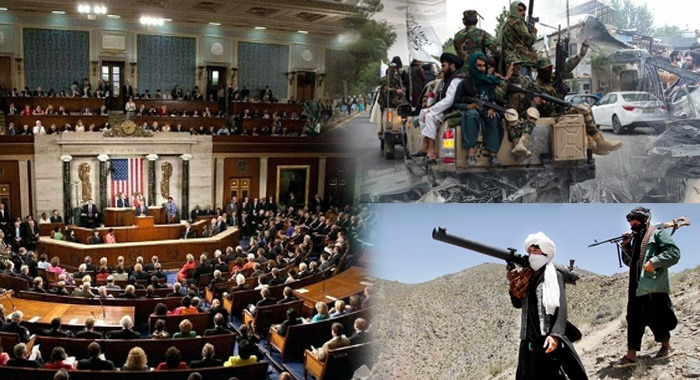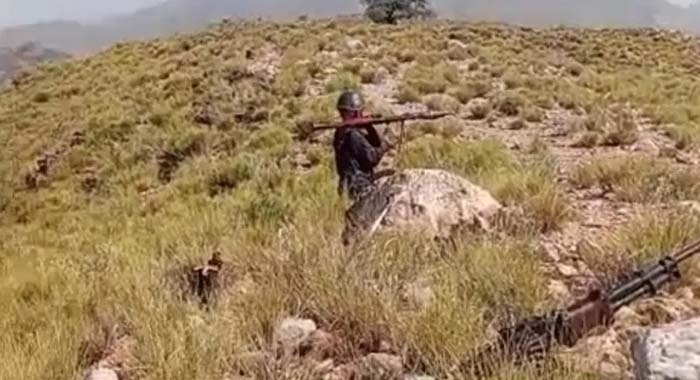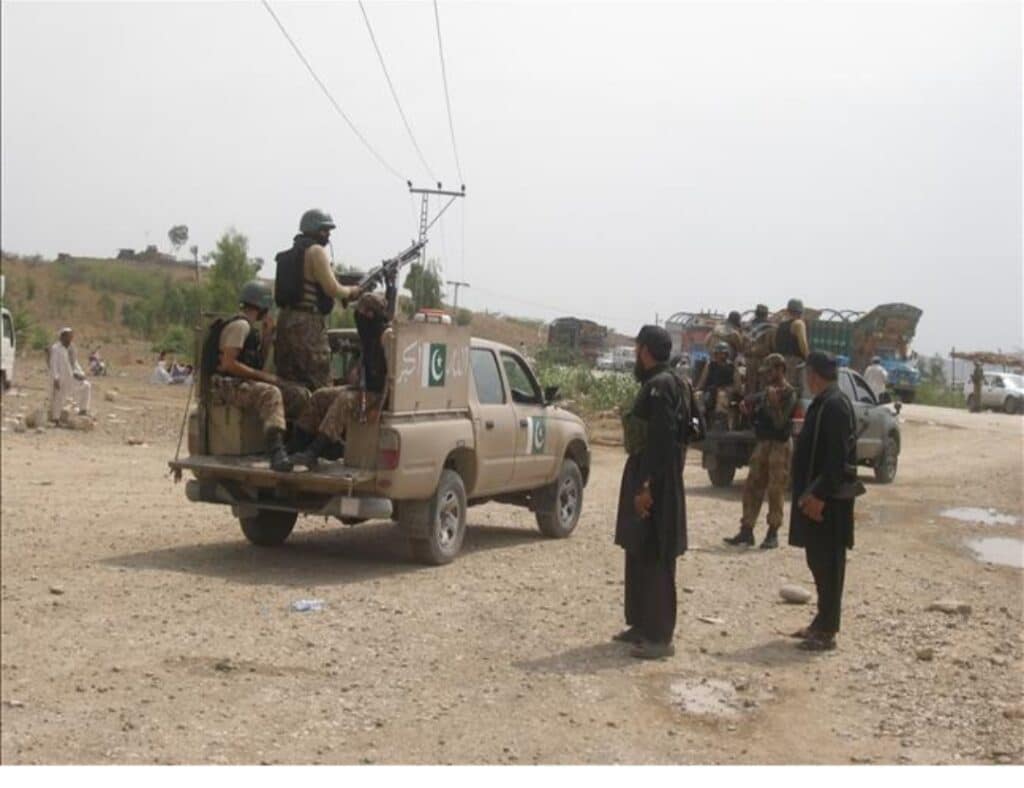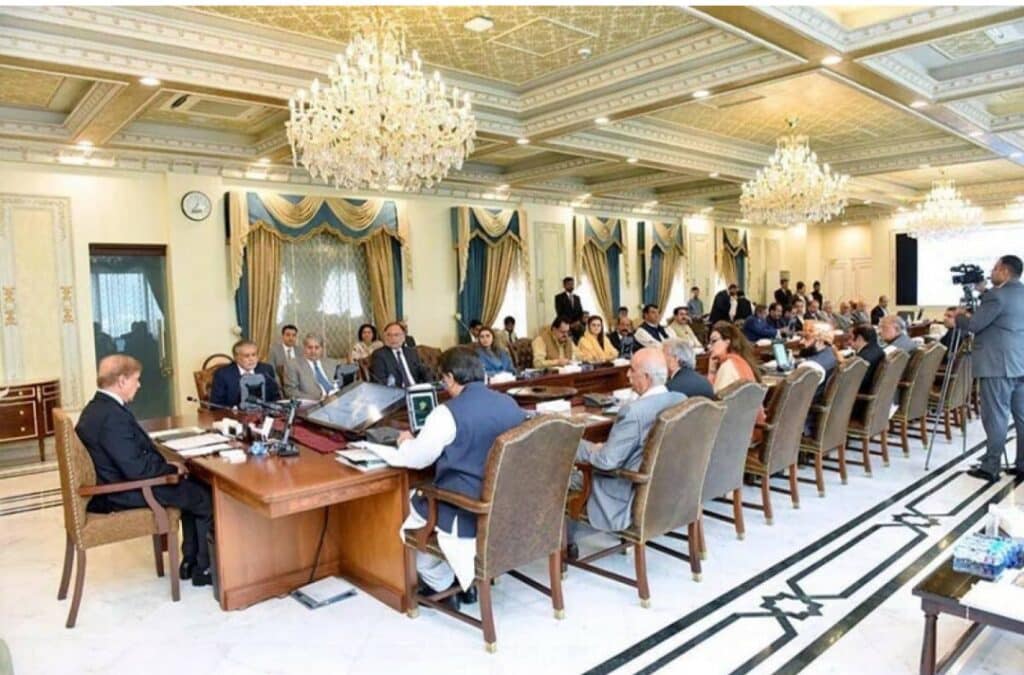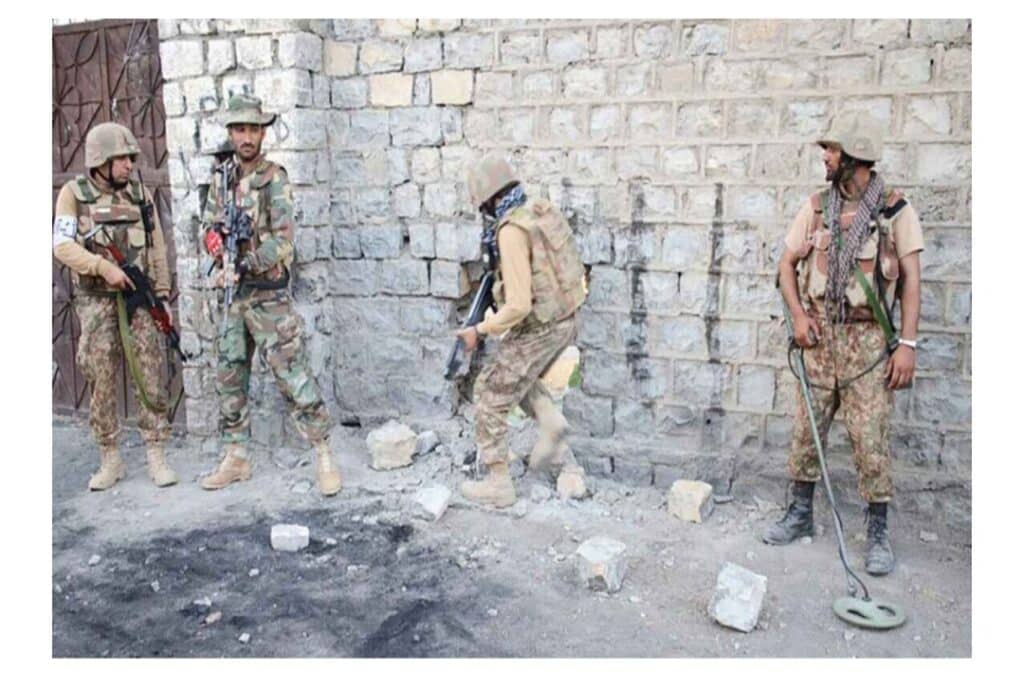Despite repeated claims by the Taliban that no foreign terrorist organisations are operating from Afghan soil, fresh remarks from U.S. lawmakers and mounting evidence from international bodies continue to paint a completely different, and far more troubling, picture. On June 26, 2025, during a hearing of the House Foreign Affairs Subcommittee on South and Central Asia, Chairman Congressman Bill Huizenga issued a blunt warning: Afghanistan has once again become a sanctuary for terrorists preparing to strike not only in the region, but across the world.
At the hearing, titled “Assessing the Terror Threat Landscape in South and Central Asia and Examining Opportunities for Cooperation,” Huizenga didn’t mince words. “Afghanistan has become a hotbed for terrorists looking for safe harbour as they grow their ranks and abilities to project attacks across the region and, frankly, the world,” he stated. It was a direct accusation, and one grounded in years of intelligence reporting and battlefield observations.
In response, the Taliban did what it has done for years: deny everything. Spokesman Zabihullah Mujahid, in a post on X, rejected the U.S. claims entirely, insisting that no foreign groups are operating inside Afghanistan and that no threats originate from the country. “Afghanistan has a unified and strong government with full control over the entire geography of the country and does not allow anyone to use its territory against any party,” he declared.
But such statements, while routine, do not align with reality on the ground. Far from being free of foreign militants, Afghanistan remains a critical hub for jihadist groups, some of which maintain open relationships with the Taliban. While the Islamic State’s local affiliate, IS-KP, is indeed at odds with the Taliban, groups like Al Qaeda, the Turkistan Islamic Party (TIP), Tehreek-e-Taliban Pakistan (TTP), and Jamaat Ansarullah continue to operate with the support, or at least the tolerance, of the ruling regime.
Reports from the UN Analytical Support and Sanctions Monitoring Team over the last two years have documented an extensive network of jihadist infrastructure across Afghanistan. Al Qaeda alone is believed to operate training camps in at least 12 provinces, while its allies run facilities in several more. In addition to camps, there are safe houses, arms depots, media centres, and religious schools spread across key regions, all supporting the global jihadist ecosystem.
The UN has consistently noted that the Taliban’s relationship with Al Qaeda remains “close”, with mutual cooperation continuing even after the Taliban’s return to power in August 2021. In fact, top-tier Al Qaeda leadership has found safe haven in Afghanistan. Figures like Saif al Adel, believed to be the current Al Qaeda emir, and Abd al Rahman al Maghrebi, his deputy, are both reported to have relocated from Iran to Afghanistan. Other leaders, including Abdul Haq al Turkistani (TIP), Osama Mahmood (AQIS), and Amin al Haq, a former bin Laden aide, are all operating freely in Taliban-controlled areas.
Even former prisoners like Abu Ikhlas al Masri, who had been held at Bagram before the Taliban released scores of detainees in 2021, have reestablished their military operations inside the country. Meanwhile, calls for foreign fighters to migrate to Afghanistan for training and global jihad have resumed, echoing the same rhetoric that fueled transnational terrorism in the early 2000s.
So while the Taliban continues to deny the presence of foreign terrorists, the evidence speaks for itself. Training camps, logistical hubs, and ideological institutions remain active. Known terrorists, some of them on international sanctions lists, are living and operating in Afghanistan without interference. In many cases, they appear to be doing so with the support or cooperation of local authorities.
The Taliban’s posture of denial may serve diplomatic purposes, but the ground reality tells a different story, one in which Afghanistan is once again functioning as a nerve centre for global terror networks, some of them intertwined with the Taliban’s own governance and security apparatus. As the international community assesses the evolving threat landscape in South and Central Asia, one fact grows increasingly difficult to ignore: Afghanistan, under the Taliban, is not just a failed state, it’s a fertile ground for future attacks.

